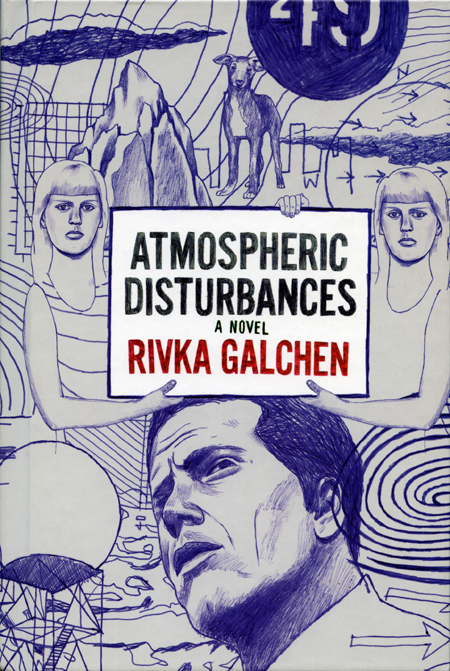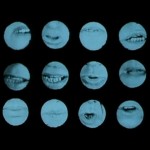
“Atmospheric Disturbances” by Rivka Galchen is a Delicious Off-Beat Yarn
Books, Reviews“Atmospheric Disturbances” by Rivka Galchen is like a large white onion, many-layered and sharp, and makes one blink the eye rapidly—in wonderment, of course. Very simplistically, it is the story of a search for a missing person. Or, if one looked at it upside down, it could be about atmospheric changes that are orchestrated.
Leo Liebenstein, a middle-aged psychiatrist, wakes up one night to find his wife gone. The void is quickly filled by a simulacrum, by a woman who looks, walks, and talks exactly like her—but is not her.
Barely a few days prior to her disappearance, a delusional patient goes off the radar as well. Convinced that he has been recruited as a secret agent by the elusive Royal Academy of Meteorology, he goes off on a clandestine mission to rescue the planet from a metrological sabotage.
A mysterious mafia outfit called “49 Quantum Fathers” has a vested interest in tampering with the formation of clouds, the scale of precipitation, the frequency of snowfall, the strength of sunlight.
As an attempt at curing—and on the insistence of his (doppelganger) spouse—the good doctor goes into a role-playing model, donning the cloak of a higher-ranking operative. He reports to a don in the field of meteorology, a scientist by the name of Tzvi Gal-Chen, he tells him.
The entry of this character makes the book the literary equivalent of a photorealistic art, where reality intrudes into fiction. Tzvi Gal-Chen is the author’s real-life father. From here onward, the unseen man appears to guide every movement of Liebenstein, or so he believes. A vital clue, embedded in a ground-breaking paper, read by the scientist in Buenos Aires, decides for him the place to begin his quest. However, the quixotic voyage from New York City to the Argentinean capital does not retrieve her.
A delicious off-beat yarn, for sure. But, it gets better, geekier, and more thought-provoking.
Its true hero, one realizes, in a flashbulb moment, is not the shrink, but the invisible Gal-Chen. Seemingly an invisible player, making only a handful of appearances in the pages, through e-mails from the “other world,” his presence pervades the entire novel, from start to finish. He is the center of gravity, the fulcrum, from whom all others radiate out and cycle back to.
Galchen, the author, pumps in some metaphysics here. Communication from the deceased Gal-Chen begs one to ponder a question like, “Can the dead send us an e-mail?”
By the time one puts the book down, one is left puzzling over what really went on with Liebenstein. One of three possibilities is on array: (1) Unable to come to terms with the loss of his wife, it was he, who created the “simulacrum” in his head, or (2) His loss of mental equilibrium sent him on an imaginary journey to find her, when, in reality, she had never left his side, or (3) People in two parallel universes are accidentally transposed. The Liebenstein in “Universe A” gets accidentally linked with his wife in “Universe B.”
It is a wonderful, idea-driven book. But, the style, in the last 60-odd pages, gets a bit soporific, with labyrinthine sentences, some eight lines long that defy deciphering. The chapter titles, equally lengthy, are not just inspired by the scholarly work of her father, but are that, in toto. Go figure this one out: “A Method For Calculating Temperature, Pressure And Vertical Velocities From Doppler Radar Observations.” Far from giving the reader a hint of what is to follow, they perplex. Maybe, that is the writer’s way of messing with the reader’s head.
If you are a sci-fi nerd, then, this is certainly your book. If not, then, this is still worth reading.
























[…] ZOUCH, April 25, 2012. […]